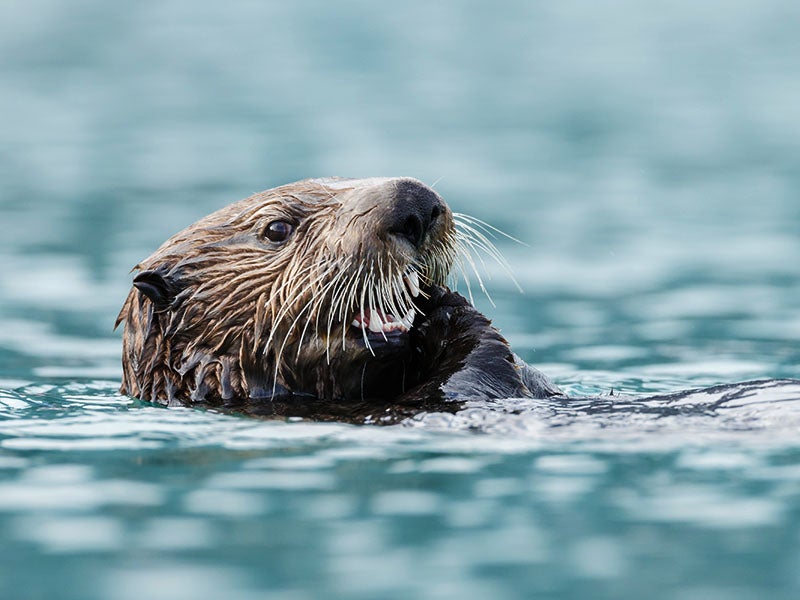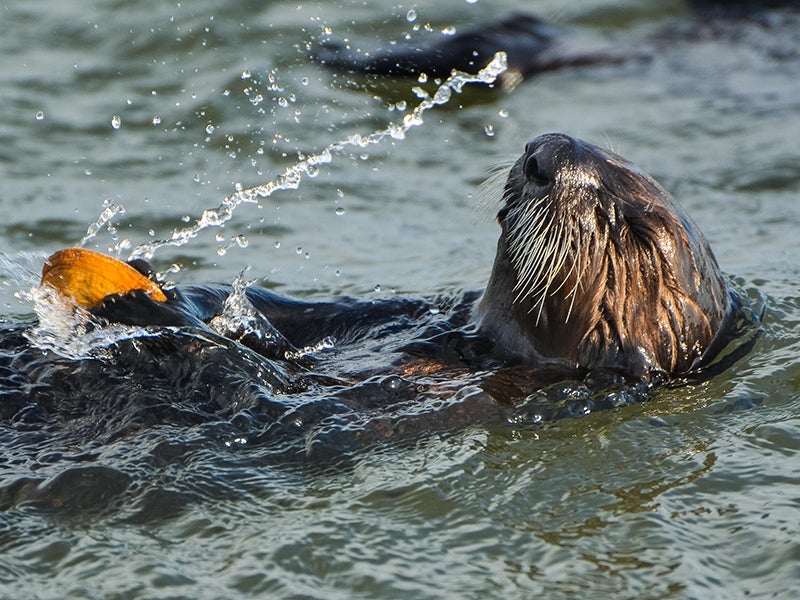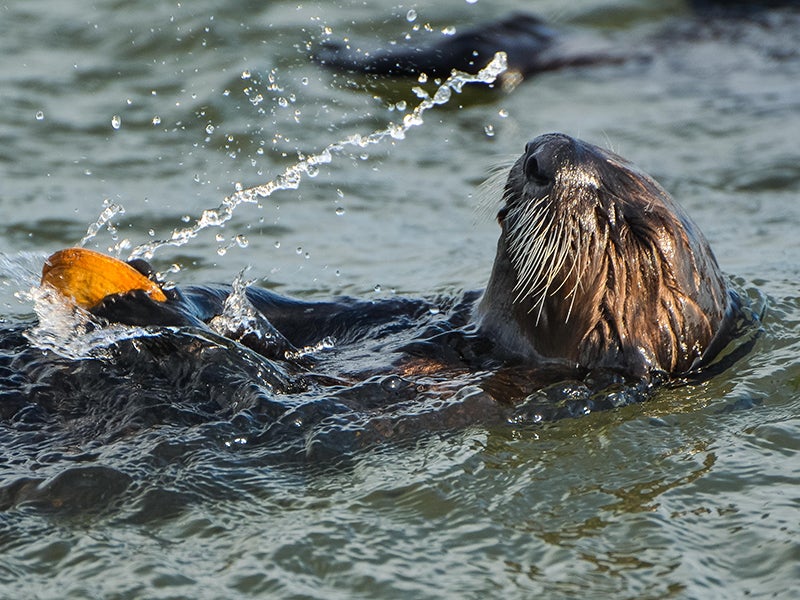Defending Sea Otter Recovery in Southern California
The population of California sea otters before fur traders arrived is believed to have been between 14,000 and 16,000. But in 2012, the animals’ three-year population average was only 2,792. Their fondness for eating urchins and other invertebrates helps keep these populations in check, contributing to the health of kelp forests.
Clients
Regional Office / Program
Case Overview
Conservation and wildlife groups, represented by Earthjustice, are defending a decision by the U.S. Fish and Wildlife Service to end a failed policy of trying to exclude sea otters from their Southern California habitat—a so-called “No Otter Zone”—by relocating otters to other areas. An industry group, the California Sea Urchin Commission, filed a lawsuit challenging the federal decision to end the counterproductive management policy.
In 1987, the U.S. Fish and Wildlife Service passed a regulation establishing a “No Otter Zone” off the coast of Southern California as part of a plan to translocate sea otters to San Nicolas Island. At the time the agency suggested that the translocation program would help southern sea otters, which are protected as a “threatened” species under the Endangered Species Act, to gain protection should a catastrophic event like an oil spill threaten the otter population along parts of the California coast. The “No Otter Zone” was established by Congress in response to complaints from fishermen that moving otters to a new location could interfere with their fishing activities.
The translocation program ultimately fell short of expectations because not enough otters remained at San Nicolas Island to establish a viable population. Many relocated otters swam back to their waters of origin; others died from being captured or transported. U.S. Fish and Wildlife Service subsequently determined that enforcing the No Otter Zone would hurt sea otters’ protection and recovery. In 2013, the agency ended the “No Otter Zone” and translocation program in order to allow otters to expand to their natural, historical range south of Point Conception, which is necessary to achieve recovery of the species.
But that decision was challenged by the California Sea Urchin Commission, an organization that represents urchin harvesters and views sea otters as competitors. While sea otters do enjoy urchins, they also eat clams, mussels, mollusks, crustaceans and snails. Also, their fondness for eating urchins and other invertebrates helps keep these populations in check and prevents them from mowing down kelp forest habitat.
In September of 2015, a U.S. District Court judge ruled to uphold the Fish & Wildlife Service’s decision to end the misguided “No Otter Zone” program.
The population of California sea otters before fur traders arrived is believed to have been between 14,000 and 16,000. But in 2012 the animals’ three-year population average was only 2,792.

Case Updates
Case page created on July 31, 2013.


